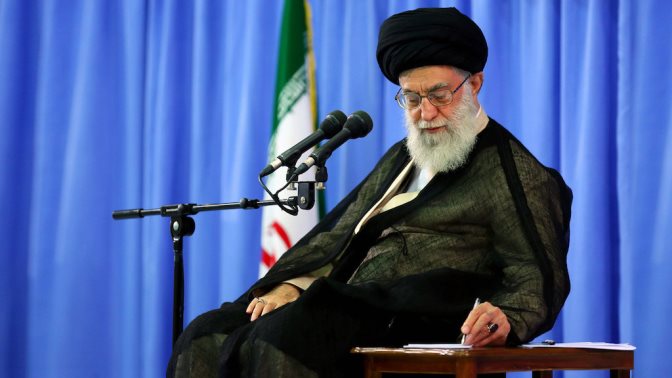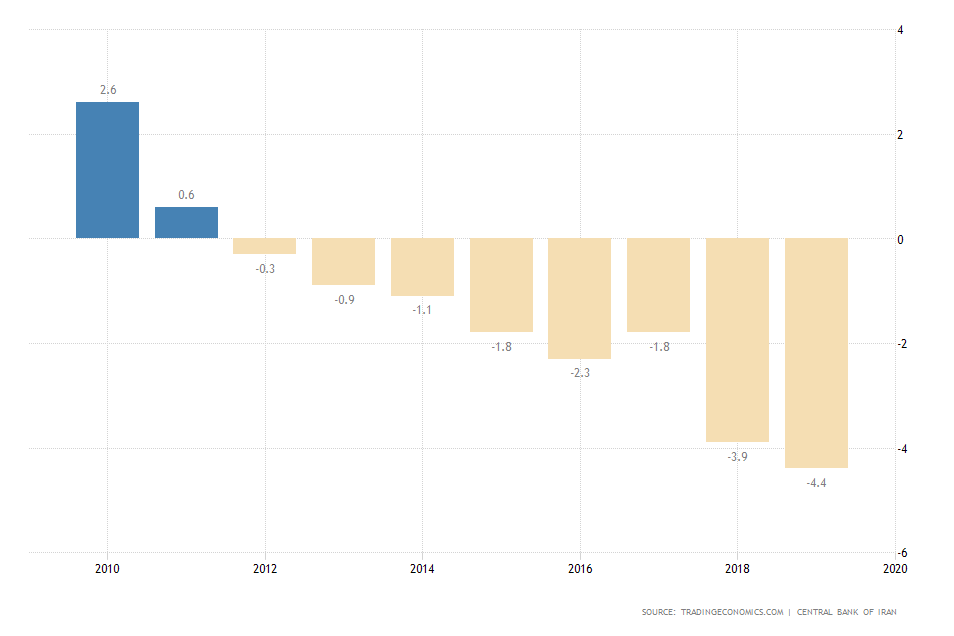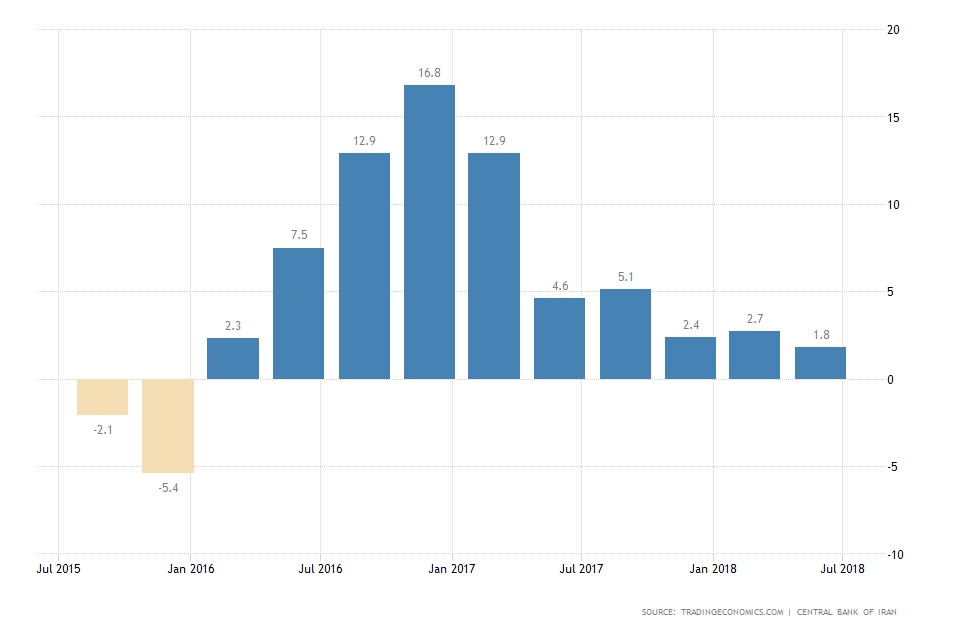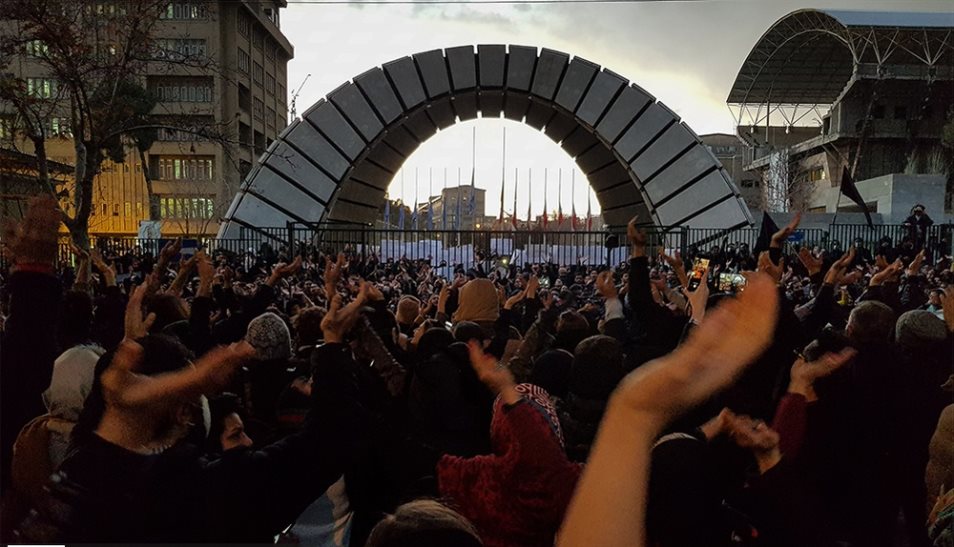
The most recent sanctions on the Islamic Republic have further divided its people and cast a shadow on the country's economy. Last Friday, Iran’s Supreme Leader Ayatollah Ali Khamenei gave a spirited prayer, his first since 2012, in which he addressed the Iranian people and spoke about the most recent developments concerning the country. He condemned the killing of Iran’s most audacious general – Qassem Soleimani – in an US-led drone strike. Khamenei also criticised Europe for imposing sanctions on the Islamic Republic a few days after the United States.
The Iranian economy has been reeling for the past several years as international sanctions, and the collapse of the oil prices after mid-2014 have significantly impaired the country’s ability to export goods and services internationally for foreign exchange – something that the Iranian economy desperately needs at the present time.

Iran’s government budget deficit has been steadily increasing in the entire previous decade, with a marginal exception in 2017 when President Rouhani made an attempt to convince the US to lift some of its sanctions on the Islamic Republic in exchange for the country’s commitment to the Nuclear Deal. The above chart demonstrates the consistently curbing impact that international sanctions are exerting on Iran’s capital balance. If the current trend continues, the Iranian economy is eventually going to give way and suffocate because of such external pressures to the point where a decisive recession becomes unavoidable.

Meanwhile, the Gross Domestic Product has been falling equally as steady over the past several years as a result of the aforementioned trade woes and external pressures. The shrunken size of the national economy has so far had the most detrimental impact on Iran's working class. It is starting to cause massive social unrest, which, in turn, could have long-lasting consequences for the Iranian society as a whole and lead to structural changes in the national economy.
The ruling class in the Islamic Republic is currently dealing with massive protests and social upheaval as Iranians took it to the streets last November when major anti-government protests in Tehran were initiated as fuel prices in the country soared. Tensions were additionally ignited in mid-January when it was announced that the downed Ukrainian airplane in the aftermath of Tehran’s retaliatory strike against the US following Solemani’s killing, was accidentally shot down by Iranian missiles. The majority of the passengers in the plane were Iranians, which angered the crowds of protestors, most of whom have been marginalised owing to the gloomy economic outlook in Iran. The country’s poorest and most vulnerable are also becoming the most dissatisfied and tired of the ruling class, which has been promising them since the revolution of 79 that the Ayatollahs will protect them the most.

Experts have expressed opinions that the Iranian economy is likely to succumb to the external pressures from increasing sanctions and trade restrictions that suffocate the Islamic Republic’s sources of much needed foreign capital. The country finds itself at the crossroads because of the socio-economic uncertainty, which is likely to result in structural changes of Iran’s political landscape.
The first plausible scenario for the foreseeable future, which is the less likely one, follows an arguably more moderate path that was laid out by president Rouhani. The Iranians might choose to attempt to reintegrate their national economy within the international network of the global economy. If Iran manages to rebuild its image and re-establish closer ties with international allies as well as adversaries, chiefly the United States, the imposed sanctions on the country would be lessened, and trade would be allowed to grow. Thus, the economic strain on the citizens internally would also be decreased, resulting in the easing of the ongoing civil unrest and protest.
In order for that to happen, however, there are significant obstacles that need to be overcome. Iran would have to abandon its ambitions for nuclear proliferation and reinstate its cooperation with international authorities under the rules of the Nuclear Deal or a new similar agreement. Additionally, it would most likely have to relinquish its foreign policy ambitions in the Middle East per the demands of the Trump administration. This scenario seems unlikely mostly because it requires a peaceful and smooth transition of power and authority, which under the currently prevailing external issues with the US and internal problems stemming from the ongoing civil protests make the situation extremely volatile and uncertain. Consequently, the listed underlying conditions in Iran make the needed peaceful transition of power seem very unlikely.
The second likely scenario involves a decisive victory for the conservatives in the upcoming election, which means that they would consolidate their power and tighten their authoritative grip. As a result of that, the conservatives would attempt to restructure the Iranian socio-economic and political landscape in the country by establishing a so-called resistance economy.
In doing so, Iran would most likely ditch all attempts to ‘appease’ the international society and work towards building a mostly self-reliant economy. Essentially, the economic model of a resistance economy would look like a North Korea in the Middle East in that the Islamic Republic would almost entirely consolidate itself within its own borders. It is, however, possible for the conservatives to attempt to establish closer ties with China and Russia in order to build international channels for the export of oil. Iran would then most certainly drop out of the Treaty on the Non-Proliferation of Nuclear Weapons, which would further isolate Iran on the international stage and ignite new tensions with the west.




















